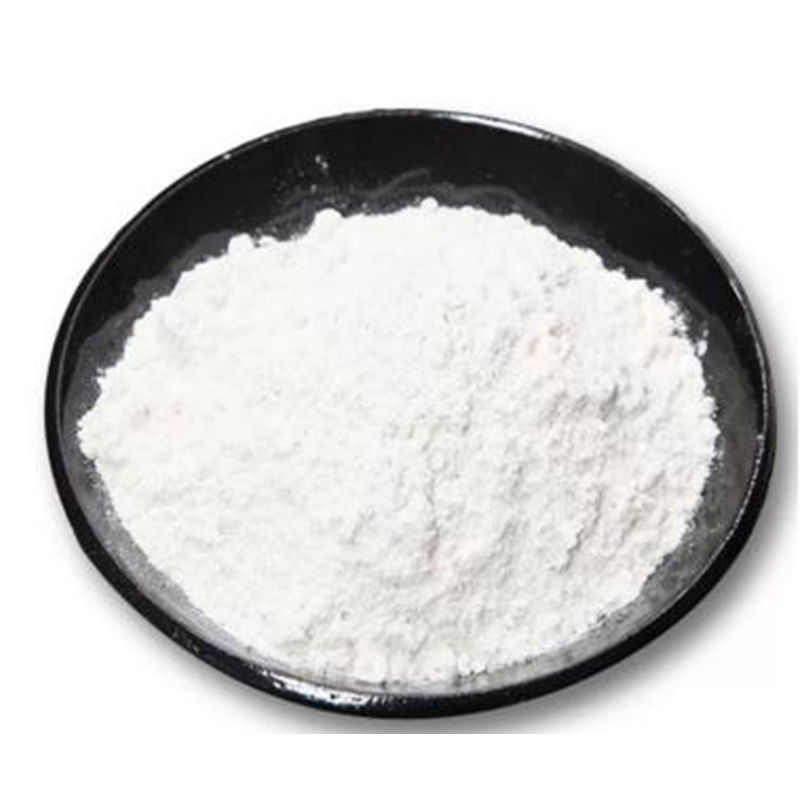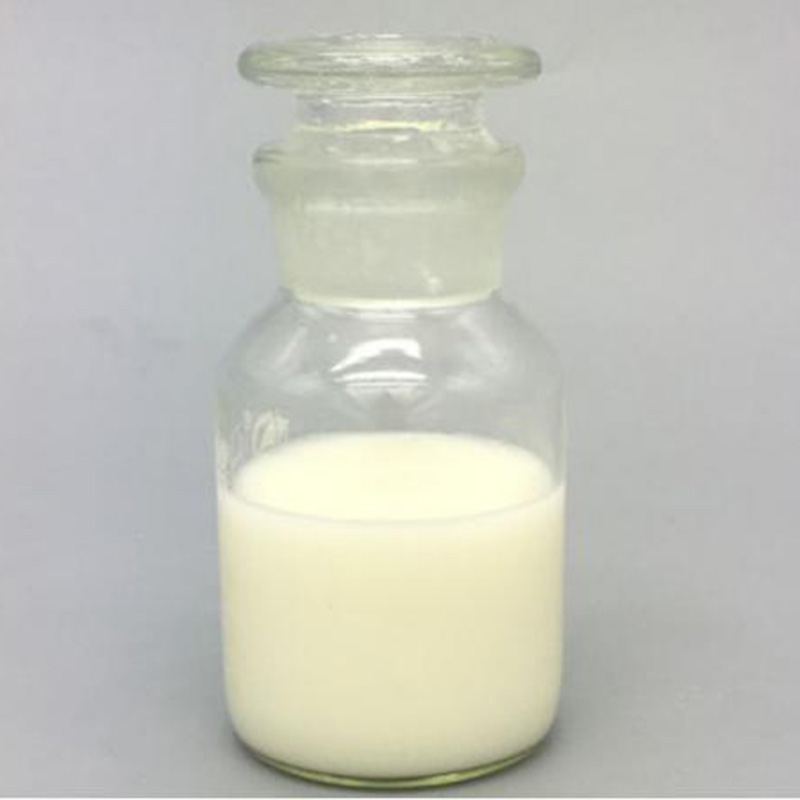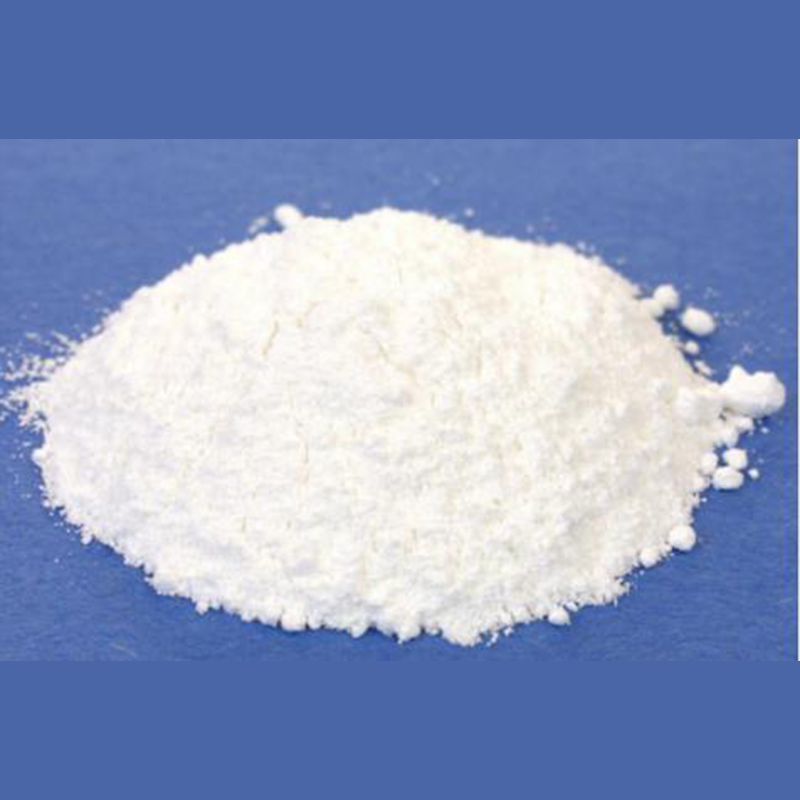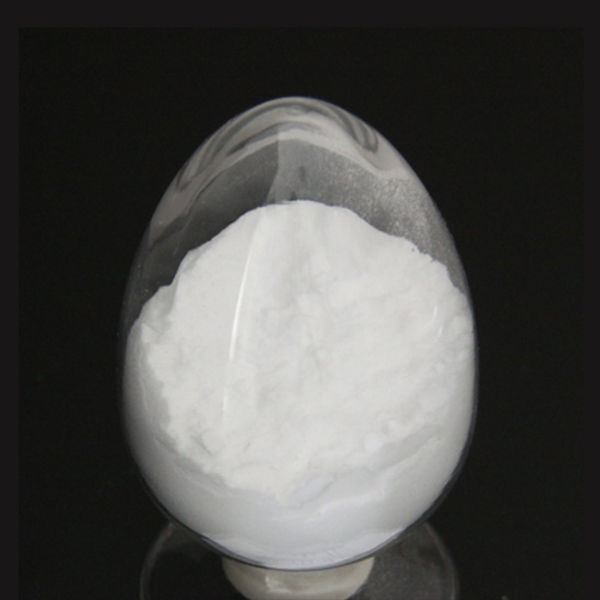Pyridaben pyridazinone contact acaricide insecticide miticide
Product description
Pyridaben is a pyridazinone derivative used as an acaricide. It is a contact acaricide. It is active against motile stages of mites and also controls whiteflies. Pyridaben is a METI acaricide that inhibits mitochondrial electron transport at complex I (METI; Ki = 0.36 nmol/mg protein in rat brain mitochondria). It has a rapid knockdown effect. Residual activity lasts for 30-40 days after treatment. The product has no plant-systemic or translaminar activity. Pyridaben controls hexythiazox-resistant mites. Field trials suggest that pyridaben has a moderate but transient effect on predatory mites, although this is not as marked as with pyrethroids and organophosphates. Nissan believes that the product is compatible with IPM programmes. Late spring to early summer applications are recommended for the control of mites. In field trials, pyridaben has shown no phytotoxicity at recommended rates. In particular, no russeting of apples has been observed.
Pyridaben is a pyridazinone insecticide/acaricide/miticide used to control mites, white flies, leafhoppers and psyllids on fruit trees, vegetables, ornamentals and other field crops. It is also used to control pests in apple, grapes, pear, pistachio, stone fruits, and the tree nuts group .
Pyridaben shows moderate to low acute toxicity to mammals. Pyridaben was not oncogenic in typical lifetime feeding studies in the rat and mouse. It is classified by the U.S. Environmental Protection Agency as a Group E compound (no evidence for carcinogenicity to humans). It has a low aqueous solubility, relatively volatile and, based on its chemical properties, is not expected to leach to groundwater. It tends not to persist in soils or water systems. It is moderately toxic to mammals and not expected to bioaccumulate. Pyridaben has a low acute toxicity to birds, but it is extremely toxic to aquatic species. Its persistence in soil is relatively brief due to rapid microbial degradation (e.g., the half-life under aerobic conditions is reported to be less than 3 weeks). In natural water in the dark, the half-life is about 10 days, due mainly to microbial action since pyridaben is stable to hydrolysis over the pH range 5-9. The half-life including aqueous photolysis is about 30 min at pH 7.
Crop uses:
Fruit (including vines),vegetables,tea,cotton,ornamentals














